Like many animators, Eric Goldberg began to draw at an early age. His brother, Elliot, taught him how to sketch Woody Woodpecker when he was barely old enough for pre-school, and his knowledge expanded as he watched sequences that explained animation techniques on The Woody Woodpecker Show and Walt Disney’s Disneyland. Soon, he was creating his own characters like Norman Noodnik.
“He still appears in my Character Animation Crash Course! I use him for a lot of the exercises, because he’s very easy to latch onto and an easy character to draw,” says the veteran animator and director, who is also known for his collection of vibrant-patterned button-down shirts designed and sewn by his wife, animator and art director Susan Goldberg.
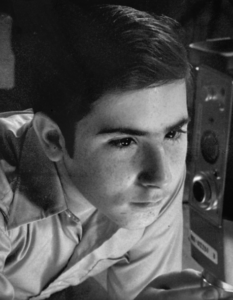
From developing Noodnik to majoring in illustration at Pratt Institute, Goldberg went on to put his mark on now-classics like Fantasia 2000 and Looney Tunes: Back in Action, and is currently part of a Creative Legacy team that was created to preserve the integrity of Disney Animation characters and stories. He is also a multiple Annie Award winner, including the Winsor McCay Award in 2010 for his career contributions to the art of animation.
Goldberg’s childhood interest in animation grew even stronger upon receiving a Super 8 camera as a bar mitzvah gift from his parents. It was equipped with a cable release, allowing him to shoot one frame at a time. He was especially drawn to legends like Al Hirschfeld, Chuck Jones, and Mary Blair. He also remembers being awed by the beautiful animation in a National Education Television special about Richard Williams; in one section it looked to Goldberg as if Williams was painting watercolor on cel.
Eventually, Goldberg’s aspirations met reality. In the mid-70s, Williams hired Goldberg for his first job on the live-action/animated Raggedy Ann & Andy: A Musical Adventure. Williams then convinced him to move from New York to London to work on commercials. Goldberg calls this his learning petri dish. “[Williams] would have great elder statesman animators like Art Babbitt and Ken Harris spending summertime there. [And] every few weeks you had to switch graphic styles,” he says. “One week, you would be animating woodcuts. One week, you would be animating Tom and Jerry style. One week, you’d be animating [like] Ronald Searle.”
He says that Williams “instilled in all of us [that it] doesn’t matter how well you hit the style, you still have to animate it. That was such a huge learning curve for me—to understand how the principles of animation could be applied to so many different graphic ideas.”
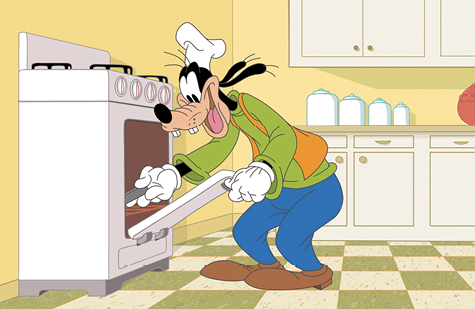
After branching out to co-found his own London-based commercial studio, Pizazz Pictures, Goldberg moved to Los Angeles where he worked at Warner Bros. Animation for a few years before achieving his goal of landing at Walt Disney Animation Studios. “I love the humor in the Warner Bros. cartoons, and I also love how clear and direct [they] are, where the poses are very strong and dynamic and funny,” he says. “Disney is more about the performance; the animation; the depth of the character, and all that kind of stuff. So I tend to fuse the two ideas through a lot of my animation.”
This versatility can be seen in Goldberg’s animation of the Genie in Disney’s 1992 film Aladdin. Voiced by the late Robin Williams, the Genie is one of the most recognizable characters of that animation renaissance era. Goldberg’s challenge was to find a way to design a character who could stand on his own from his real-life counterpart.
“We could have done the Genie just being non-stop funny, funny, funny, funny, funny. But he had to have some warmth and some depth to him,” says Goldberg, who sat in on Williams’ recording sessions and used the performer’s comedy albums for reference. “I didn’t want to slavishly repeat everything Robin did. The Genie had to be his own character. And to a certain extent, I wanted the movements on the Genie to be as wild as what Robin could do with his throat.”
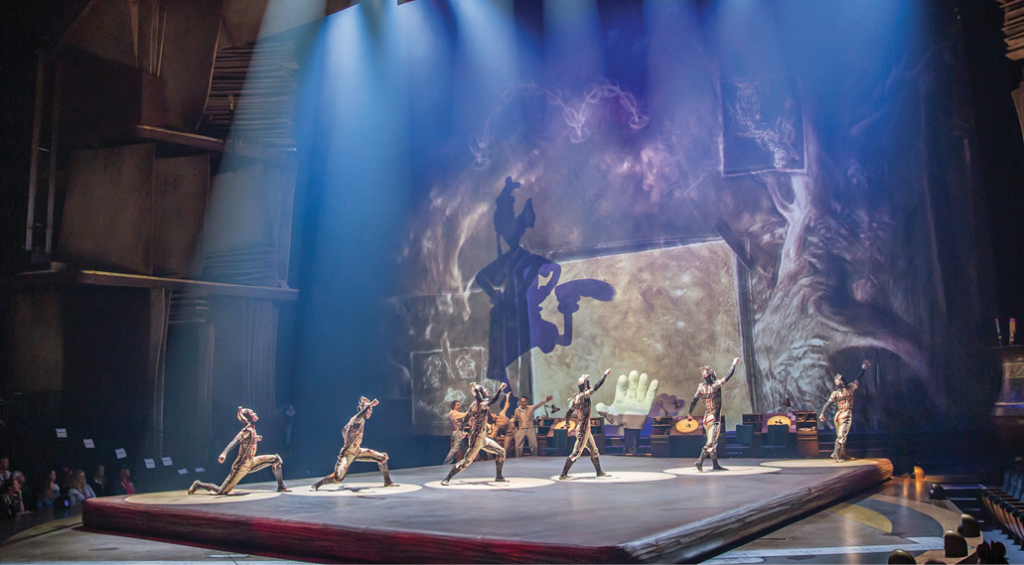
These days, Goldberg’s status is that of the “elder statesmen” who guided his early career. He recently helmed Disney Presents Goofy in How to Stay at Home, a series of three short films offering a humorous look at how to make the best of pandemic challenges. Along with creating the concept, stories, and animatics, he directed a team in hand-drawing the classic character.
He’s also representing the Creative Legacy team as they work with Cirque du Soleil and Walt Disney Imagineering on Drawn to Life. This live performance at Walt Disney World Resort features ten acrobatic acts alongside new animation from artists led by Goldberg.
Drawn to Life is the story of a young girl who discovers an unfinished animation started by her Disney animator dad, and as the father of two now-grown daughters, Goldberg says, “there are a lot of things in the show that are reflective of our family, and so I feel very connected to it.”
While it may seem that Drawn to Life is bringing Goldberg’s career full circle, in fact it’s just one more rich chapter in his own creative legacy.
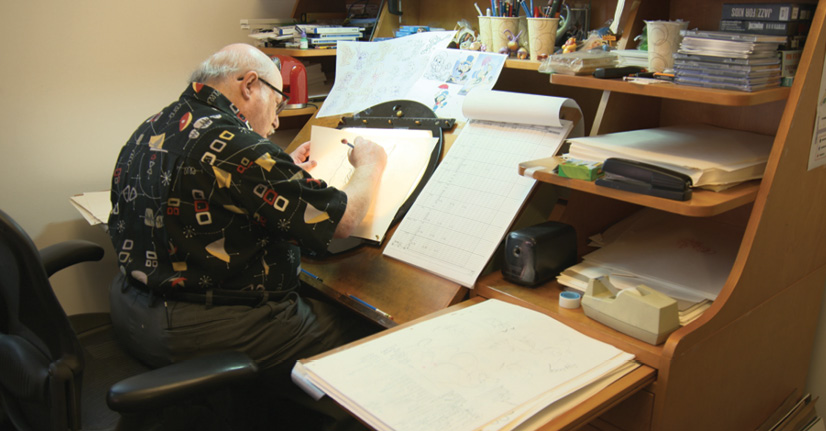
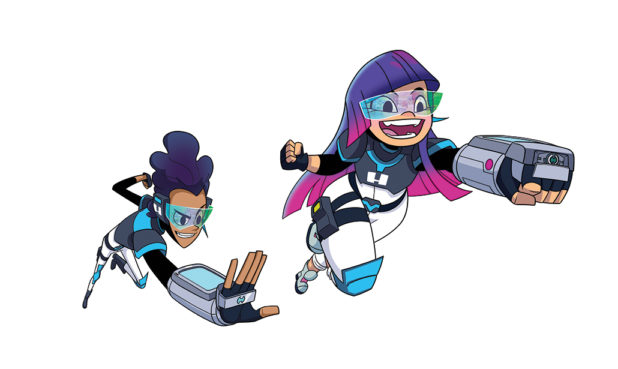
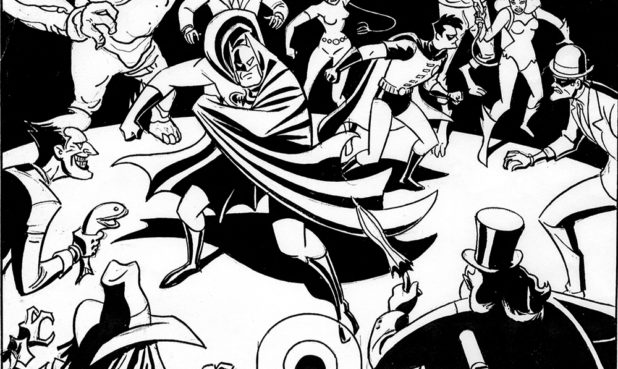
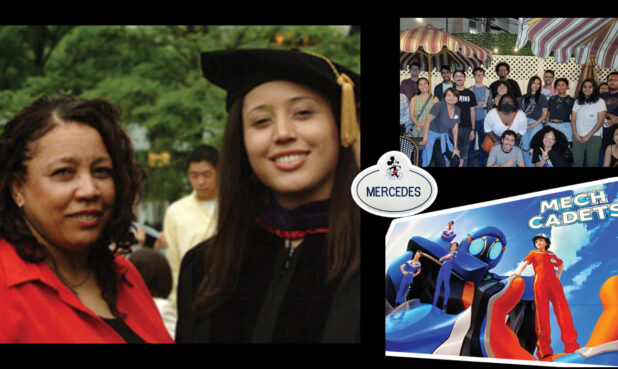
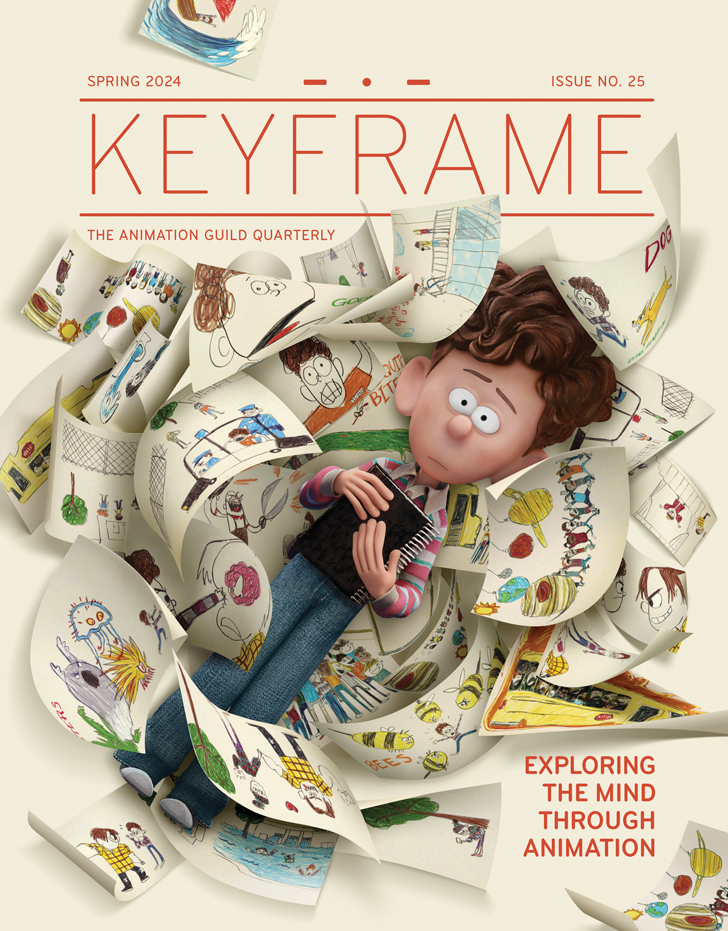
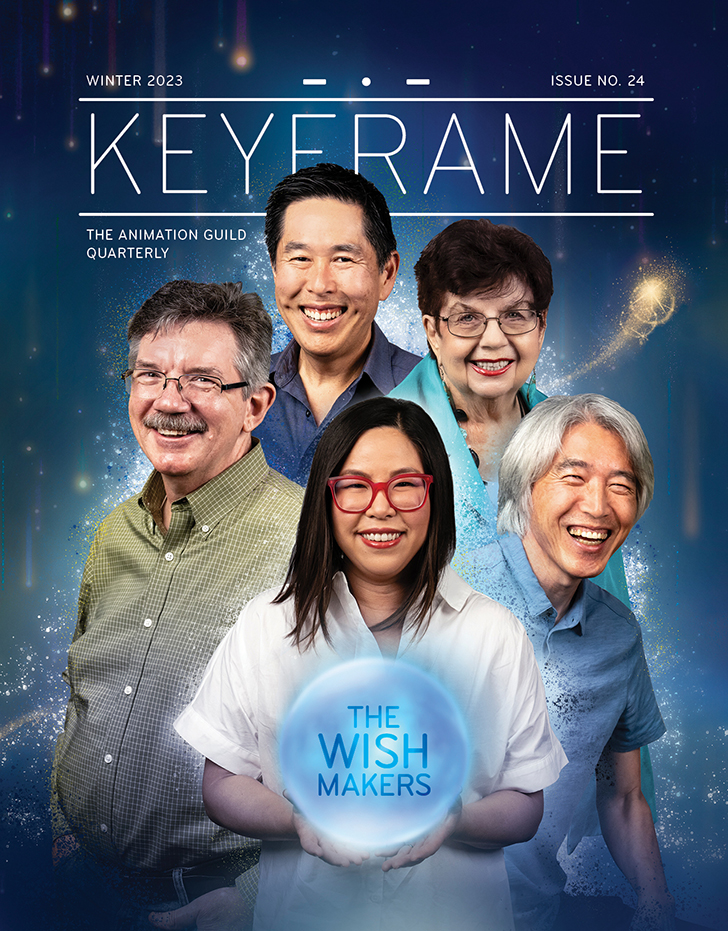
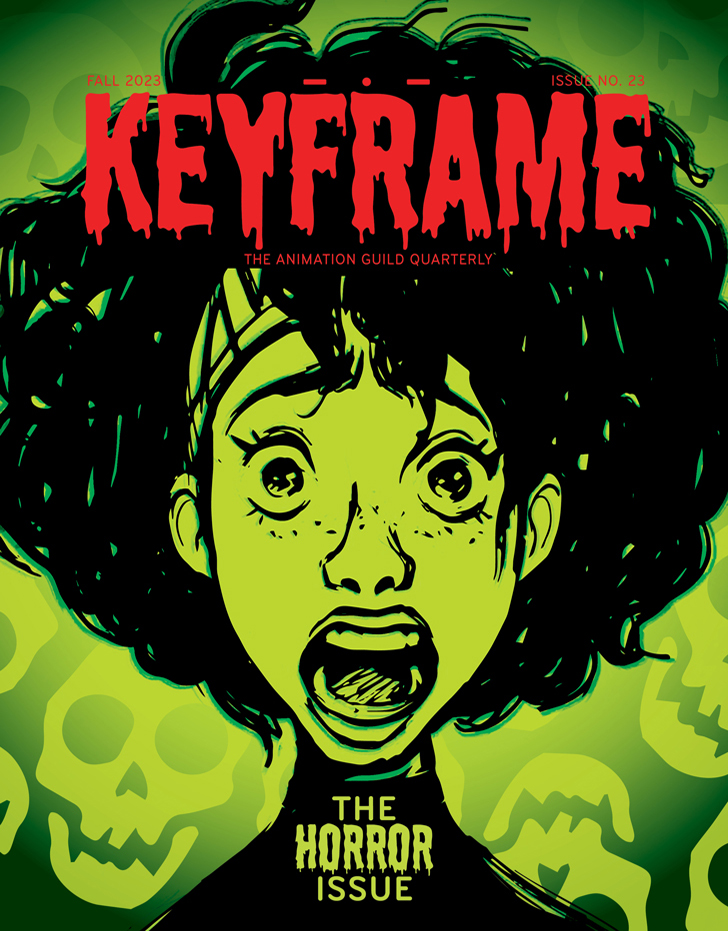
.png)